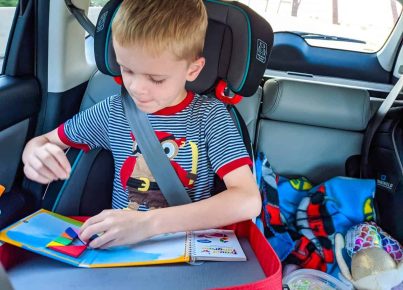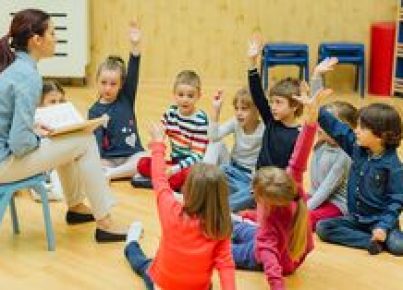Introduction
Communication Friendly Spaces (CFS) have emerged as an essential component for nurturing the development of young children during their early years. These spaces help in fostering a conducive environment where children can freely express themselves and engage with their peers, educators, and the surroundings. Creating a Communication Friendly Space in the early learning setting promotes language development, social interaction, and overall well-being among children.
Key Elements of a Communication Friendly Space
1.Comfort and Safety: The CFS should be safe, secure, and comfortable for children to explore freely. This involves providing a cozy atmosphere with child-friendly furniture, soft lighting, and minimal noise levels that will enable them to feel at ease while expressing themselves verbally and non-verbally.
2.Accessible Resources: Equipping the CFS with age-appropriate materials like interesting books, toys, and manipulatives that support communication skills can encourage children’s curiosity and enhance their learning experiences.
3.Visual Supports: Incorporating visual aids like colorful posters, vocabulary cards, or picture schedules can be helpful in promoting communication among children with varying language abilities.
4.Encouraging Social Interaction: Arranging play areas or seating arrangements that promote small group interactions can encourage social interactions and improve children’s teamwork and collaborative skills.
5.Incorporation of ICT: Integrating technology in the form of interactive whiteboards, tablets or computers can provide exciting opportunities for engaging young learners and promoting a communicative environment.
Benefits of Communication Friendly Spaces in Early Years
1.Enhanced Language Development: A CFS facilitates listening skills, attention spans, speech production, vocabulary expansion, critical thinking, problem-solving capabilities in young minds.
2.Social Skills Development: By encouraging cooperative learning experiences and interactions among peers within a CFS allows children to practice the art of taking turns in conversation, learning effective listening skills as well as expressing themselves confidently.
3.Emotional Support: A CFS fosters children’s self-esteem and emotional regulation by providing opportunities for them to share their feelings, thoughts, and experiences in a safe and nurturing environment.
4.Inclusivity: By designing communication spaces to cater to the needs of all children, regardless of their language proficiency, abilities or background, helps promote inclusion and ensures that no child is left behind.
5.Home-School Connection: Creating a CFS can help support the much-needed home-school connection by allowing educators to model and encourage similar practices at home- strengthening the bond between families and educational institutions.
Conclusion
In conclusion, Communication Friendly Spaces serve as invaluable platforms for supporting children’s growth and development during their early years. Establishing such spaces in early learning settings reaps multiple benefits that contribute to holistic well-being and equips young learners with essential life skills imperative for future success.





